Powered Wheelchair vs Mobility Scooter: Buying Guide
Those with limited, or reduced, mobility may find it difficult to distinguish between powered wheelchairs and mobility scooters. If this is your primary mobility solution, it is essential that you make the right investment.
Electric wheelchairs, or powered wheelchairs, share many similarities with mobility scooters, just as much as they can be very different. While both types of mobility solutions are designed to give the user greater freedom and ease when it comes to getting around, especially in their daily life, there are still key differences to be aware of before making an investment.
What are mobility scooters?
A mobility scooter is a three- or four-wheel battery-powered mobility device that can be operated by a user through controls on the handlebars. The user can easily and conveniently determine their desired speed, pace and direction from the comfort of a built-in chair.
Unlike other mobility options, scooters are more often associated with outdoors transport. Scooters can be defined by different classes depending on their design and model, and may even be used on roads.
At a glance, the different categories of mobility scooters can change how it’s used.
CAVEAT: LITH TECH does not, and would not, use the term invalid carriage, but as the government officially classifies them as such, we are using it here to show how the government classification translates into real life.
· ‘Class 2 Invalid Carriage’
As a more compact and agile design, this classification of scooter is ideal for footpaths or when crossing roads. It has a limited speed of up to 4mph (or 6km/h) and can be used indoors.
· ‘Class 3 Invalid Carriage’
Unlike the nimbler designs of Class 2 vehicles, this classification can reach 8mph (or 12km/h) and is compatible with legal road use as much as for riding on footpaths.
As heavier and more robust designs, Class 3 vehicles can use the roads, but must obey the highway code at all times. They must also be fitted with lights, reflectors, indicators, horns, and rear-view mirrors.
Learn more about driving mobility scooters from the gov.uk website.
Motorized transport equipment – explained
There is a great variety of options when it comes to mobility devices on the market, and the most natural will depend on your lifestyle, budget, and needs. Yet not all mobility solutions are created equal.
Sometimes classed as “motorized transport equipment”, a scooter is also known as a power operated vehicle (or POV). These vehicles handle differently and can be awkward to drive indoors, especially given the larger turning radius when compared to a powered wheelchair. As a result of its limits – from how well it drives, to the limited customisation of a scooter – these devices are more often recommended only for mobility, rather than for comfort, ease of use, or other speciality use.
What are electric wheelchairs?
Electric or powered wheelchairs are battery-powered mobility devices but are often greatly configurable depending on the needs and budget of the user. Instead of a handlebar and switches, electric wheelchairs have a joystick on the arm rest for convenience, allowing the user to change speed and direction with ease.
Specialist devices from mobility experts like LITH-TECH even offer greater adaptability to different terrains, environments, and tasks (including travel in other vehicles like cars). They can be configured for optimal comfort if, for example, the user has specialist medical needs, such as additional padding for postural support and relief. This level of customisation, and configurability, sets apart more specialist mobility devices like electric wheelchairs.
Mobility Scooters vs wheelchairs: what are the main differences?
While both pieces of equipment are designed to support mobility needs, there are some key features that set them apart. This means each given device will be more appropriate, or suitable, for different people, depending on their individual needs, budget and lifestyle.
Ultimately, comparing the two options, electric wheelchairs are more suited to support users with specialist mobility problems, such as enhanced comfort controls. Whereas wheelchairs are more customisable and specialist, scooters are good for standard mobility needs.
Even though there is little perceived difference between the two, when compared wheelchairs
and scooters support users in different ways, including:
- The controls of an electric wheelchair are more accessible to the user, so they don’t need to exert themselves. On a mobility scooter, however, the user must reach for handlebars. Therefore, mobility scooters require more arm and core strength to operate than powered wheelchairs.
- Mobility scooters tend to be quite large and can be awkward in narrow spaces, whereas electric wheelchairs are more agile and have a tidy turning circle. This can be more useful for those who need to use the equipment indoors, such as at home.
- Mobility scooters are powered by keys, inviting the user to treat it more like a vehicle, such as parking it in a bay. Powered wheelchairs, on the other hand, are designed for daily use.
- Wheelchairs are much easier to disembark as there are minimal barriers, such as handlebars or a step. This means those with reduced mobility will find it easier to move away from the equipment.
- One considerable advantage of a powered wheelchair is how it’s customisable to medical needs. This could be relating to posture, strength, or height, for example.
Powered wheelchair vs mobility scooter: pros and cons
In addition to considering the individual needs of the user, there are various other aspects of each piece of equipment that need to be taken into account.
- With help from a carer, family member or friend, a powered wheelchair can be lifted or transported safely, including over stairs. A mobility scooter, however, may struggle with changes in the environment.
- Wheelchairs also benefit from handles on the rear, meaning that a carer can provide assistance to the user should they need it.
- A mobility scooter usually has storage on the front, whereas a wheelchair can be customised to include extra (detachable) storage options.
- The controls of powered wheelchairs are usually more sensitive than those of a mobility scooter, which means they can be easier to manoeuvre.
Mobility scooter or electric wheelchair: which should I choose?
After assessing the individual needs and lifestyle of the user, it can start to feel easier to determine the best mobility solution between a scooter and a wheelchair. Depending on the level of customisation, and how mobile the user is without the support of a device, can also help narrow down the best mobility options on the market.
For more information about choosing a wheelchair, see our latest buyers guide or speak to one of the team.
Share this article
One Comment
Comments are closed.
Follow us
Latest articles
April 26, 2024
April 26, 2024
April 26, 2024
April 26, 2024
April 26, 2024






[…] depending on how you use your wheelchair, insurance may be suitable for your needs. If you drive a class 3 invalid carriage, it may be worth considering insurance if you’re driving on roads, and for class 2 when entering […]